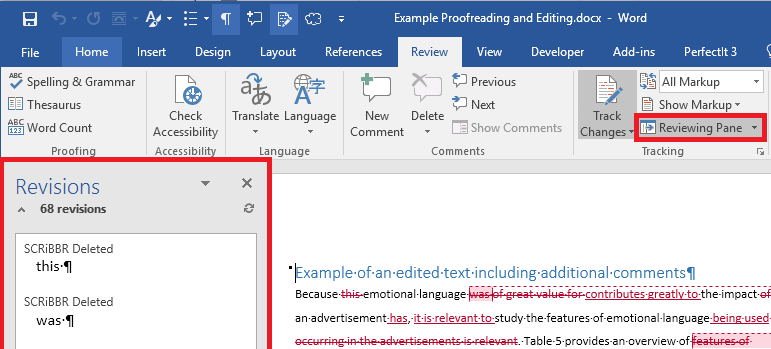
Pressing Alt+PgUp and Alt+PgDn moves to the top or bottom of the current column, respectively.

Pressing Shift+Tab reverses this cycle (moving to the left and up). With the insertion point inside a table, pressing Tab moves from one cell to the next, first moving right and then wrapping to the next row once you reach the last cell (on the right).
#How to reach zotero in word 2013 windows 10#
I’m using Word 2016 on a Windows 10 64-bit system, but most of these tricks will work in older versions.
#How to reach zotero in word 2013 how to#
How to create a fun Fly In effect in PowerPoint Microsoft Office: Get a lifetime license and second laptop screen for one price This article reviews keystroke shortcuts and features that allow for quick and easy movement through a document. Fortunately, there are many ways to move around a document, and the more options you know, the more efficiently you’ll work. You can also use the mouse to click and double-click to reposition the insertion point. For example, pressing an arrow key moves the insertion point in that arrow’s respective direction. You’re probably familiar with a few ways to move the insertion point in a Word document. But you'll be able to navigate far more efficiently if you master some of the less well-known shortcuts covered here.


Most Word users know at least a few basic tricks for moving around in a document. Use these shortcuts and features to quickly navigate a Word document


 0 kommentar(er)
0 kommentar(er)
